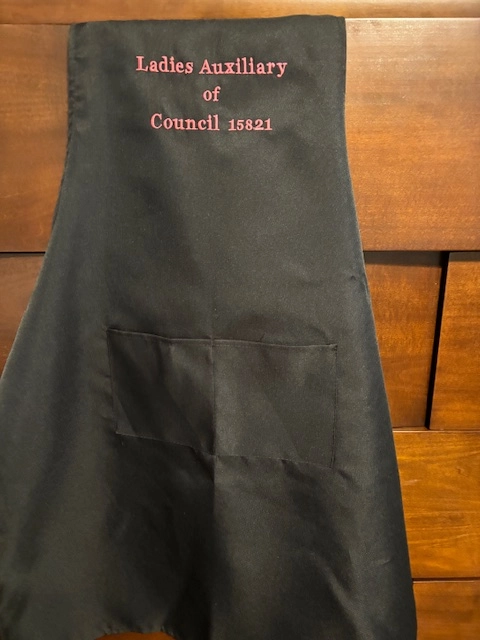The Art of Customized Needlework: Opening the Tricks to Creating Special and Remarkable Designs
The secrets to developing custom-made embroidery layouts that mesmerize the eye and leave a long lasting impact lie in a fragile balance of method, creativity, and focus to detail. As we dive into the globe of custom embroidery, we reveal the nuanced interplay in between thread choice, sew complexity, and style personalization that boosts a mere garment to a job of art.
Choosing the Right Needlework Threads
When picking needlework threads, what crucial variables should you consider to guarantee the finest outcomes for your personalized designs? The choice of embroidery thread is vital in determining the final outcome of your embroidered design. One of the main factors to consider is the product of the string. Various products such as cotton, polyester, rayon, and silk supply differing degrees of luster, toughness, and texture. It is vital to select a thread material that complements the fabric you are embroidering on and aligns with the desired look of the design.
Thicker threads can include dimension and appearance to your design, while finer strings are optimal for intricate information and small message. Additionally, considering the color fastness and washability of the string is critical to make sure that your personalized designs preserve their high quality and vibrancy over time.
Discovering Different Stitch Strategies
To explore the world of 'Exploring Different Stitch Strategies', one should understand the details and subtleties that each stitching method brings to the art of embroidery. Various stitch methods not just add visual passion but likewise add to the overall structure and measurement of the layout. One preferred stitch method is the satin stitch, which entails closely packed parallel stitches to produce a smooth and glossy surface area, ideal for filling up in shapes and developing vibrant describes.
On the other hand, the backstitch is a versatile method usually used for detailing and including great information. It entails sewing backward to create a solid line of embroidery. Additionally, the French knot stitch includes a responsive component to layouts, perfect for creating textured accents like flower centers or decorative touches.
Exploring different stitch techniques allows embroiderers to play with light, darkness, and deepness within their layouts, boosting the visual charm and creative high quality of their embroidery projects. By mastering various sewing approaches, one can open countless opportunities for developing one-of-a-kind and remarkable personalized needlework pieces.
Incorporating Personalized Design Elements
Having actually checked out the intricacies of various stitch methods such as the satin stitch, backstitch, and French knot, the emphasis now changes towards including customized style components in customized needlework jobs. Individualized style components play an important role in making embroidery tasks really special and remarkable.
Another way to incorporate customized layout aspects is by including signs or concepts that hold special significance to the recipient or mirror their passions and individuality. For instance, including a favorite flower, pet, or hobby-related symbol can make the needlework layout more significant and personalized. Additionally, selecting shades that reverberate with the recipient or align with the intended style can additionally boost the personalization of the embroidery job.
Understanding the Art of Shade Control
One key element of shade coordination is comprehending shade concept. This includes understanding just how various colors communicate with each other, the feelings they share, and how they can be combined to produce aesthetically enticing designs. By applying color concept concepts, embroiderers can develop harmonious shade combinations that boost the general appearance of the style.
In addition, focusing on contrast is important in color control. Utilizing contrasting colors can help certain aspects of the style pop, enhance readability, and develop an aesthetically vibrant needlework item. By mastering the art of color coordination, embroiderers can elevate their styles and produce unforgettable pieces that resonate with clients and viewers alike.
Enhancing Texture With Advanced Embroidery Stitches

Bullion knots, on the various other hand, can be utilized to produce twisted, ropelike elements that include a lavish feeling to the embroidery. Trying out with these innovative embroidery stitches allows you to press the limits of traditional needlework and produce truly one-of-a-kind and visually appealing appearances in your styles.
Conclusion
To conclude, the art of customized needlework entails a combination of picking the best threads, checking out various stitch strategies, incorporating personalized style aspects, mastering shade coordination, and boosting texture with innovative stitches. By recognizing and applying these essential components, embroiderers can create one-of-a-kind and memorable layouts that showcase their imagination and ability. Embroidery enthusiasts can open the secrets to producing gorgeous and custom pieces that stand apart and leave a long-term impression.
Comments on “Heat Transfer on T-Shirts and Aprons - Customized Styles and Logos”